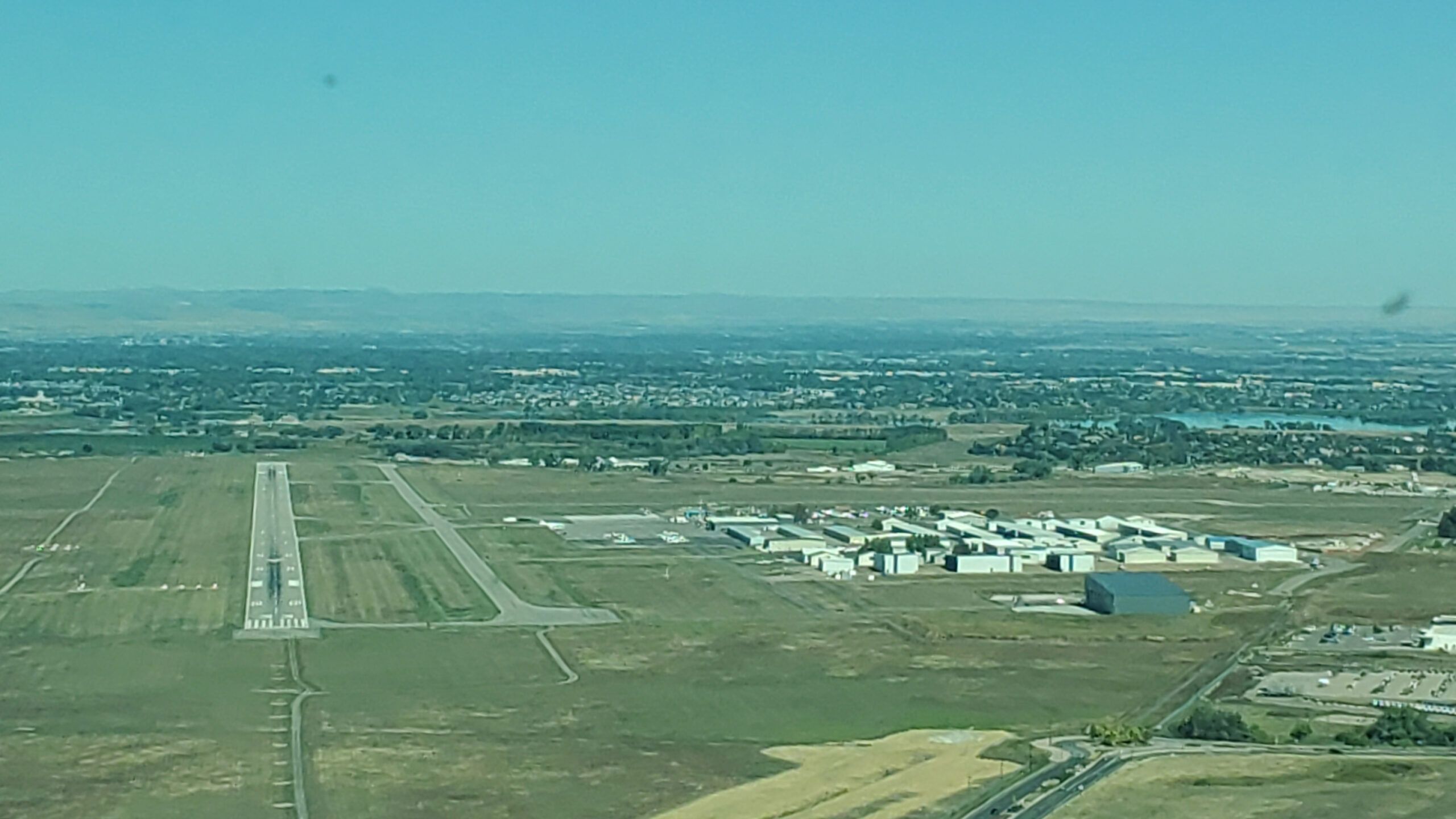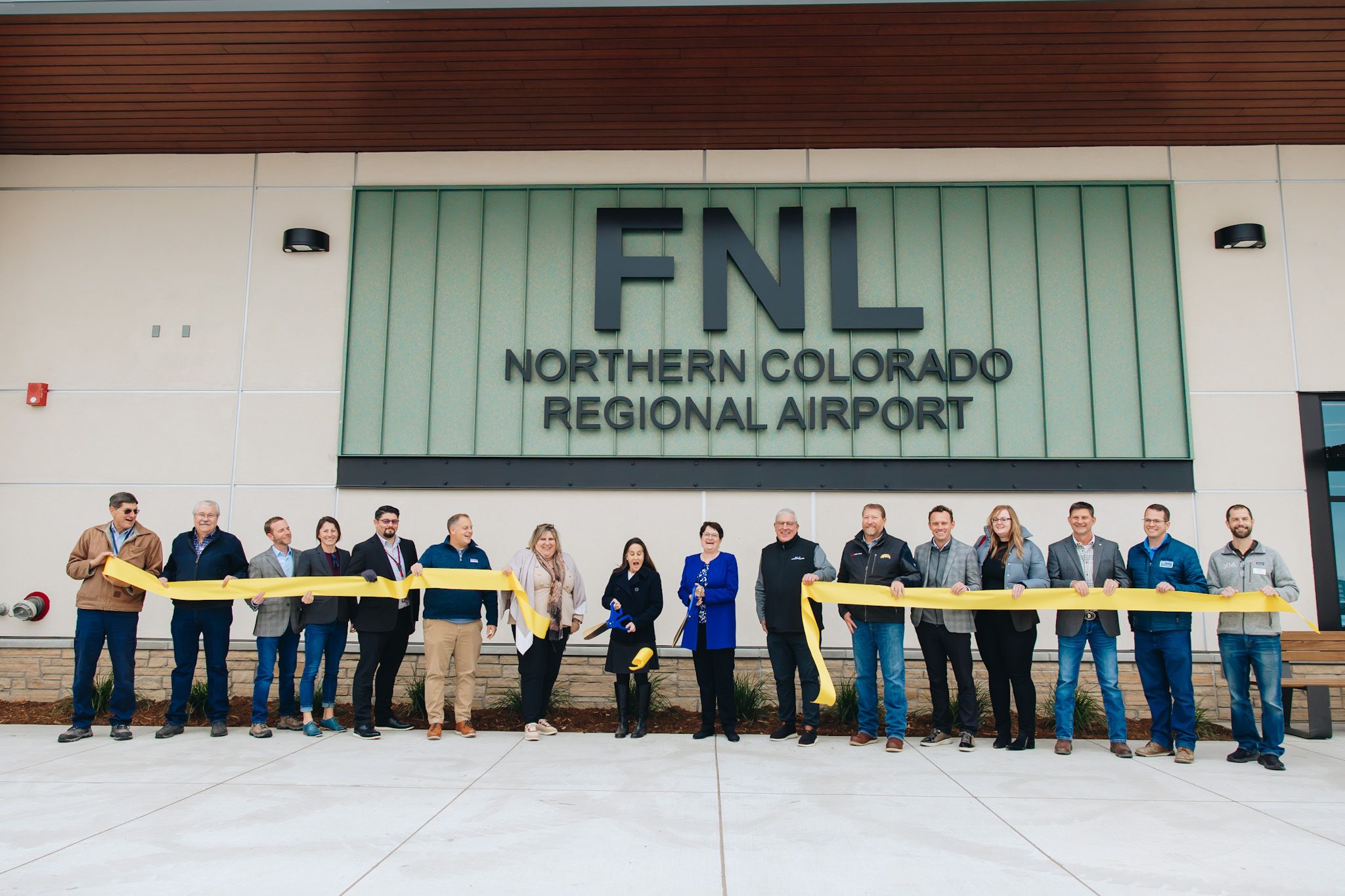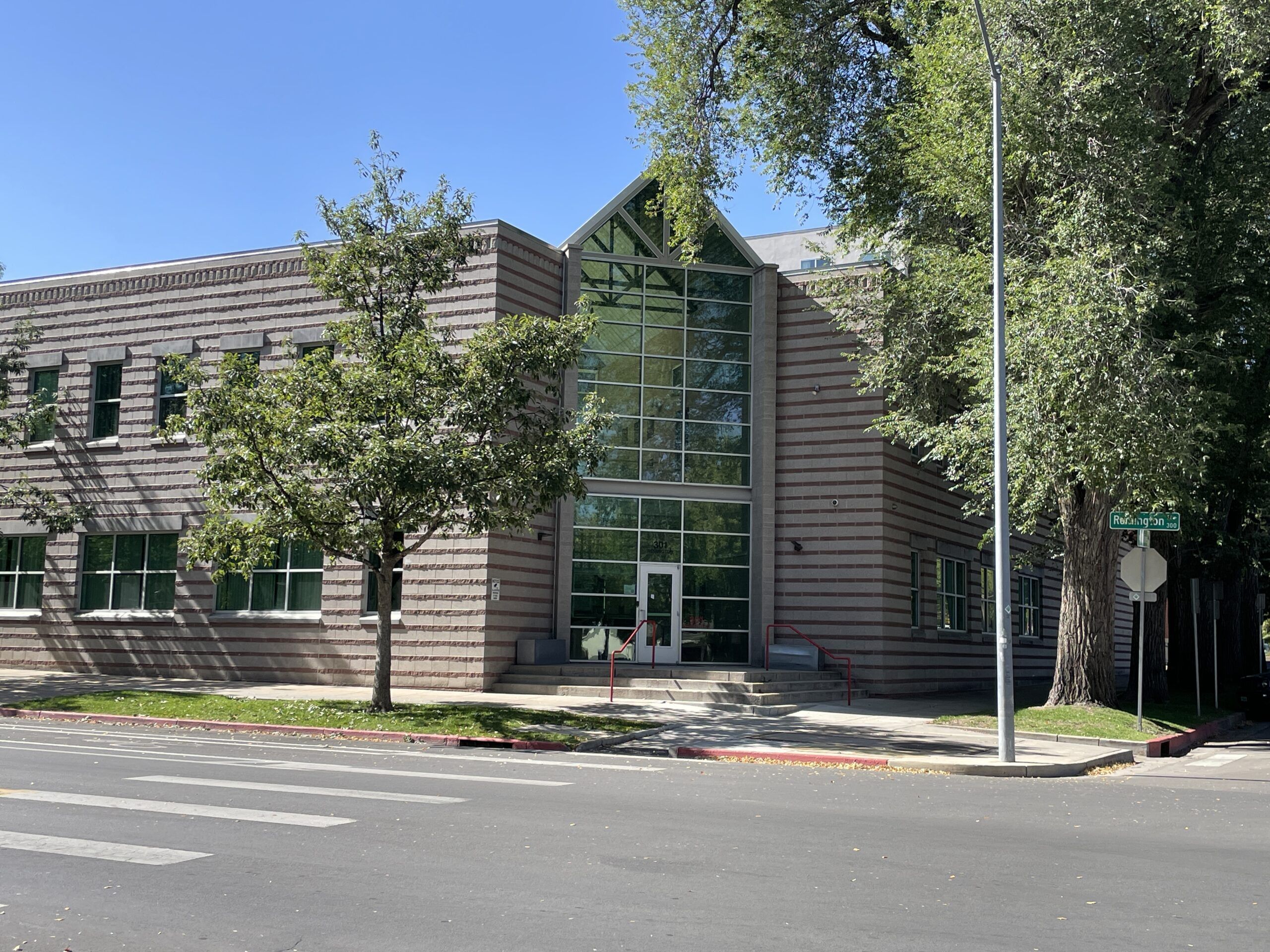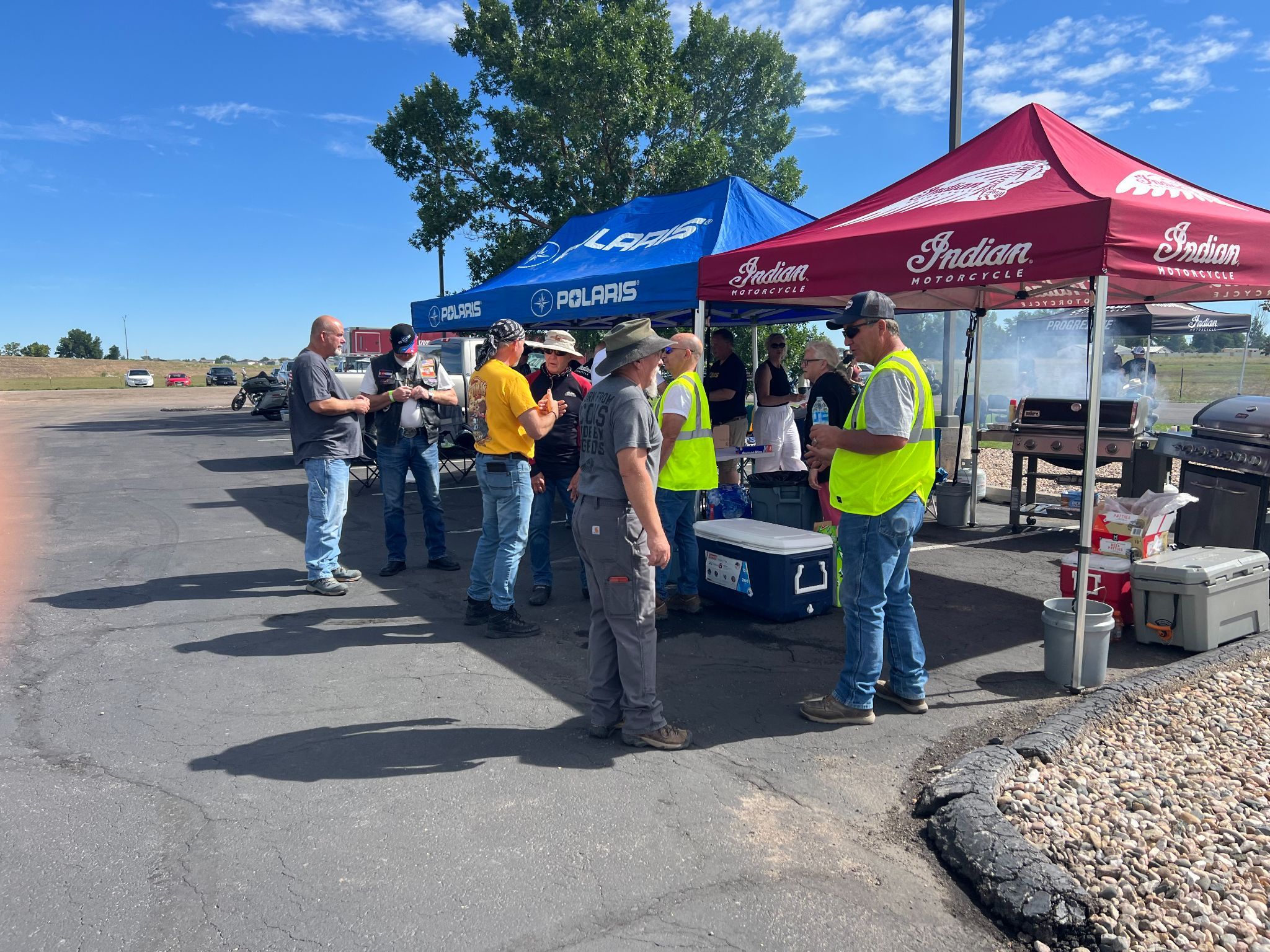Runway widening in 2026 won’t fully close NoCo airport

LOVELAND — The management of Northern Colorado Regional Airport as well as the companies and private pilots who fly in and out of the facility are preparing for the impacts of a massive runway-widening project two summers from now — but at least they know it won’t involve a complete and costly full closure of the airport.
Adoption of a “two-phase approach kept us from having to close down the runway completely and allowed us to support the largest number of users over the entire period of the project,” said David Ruppel, interim director of the airport that is jointly owned by the cities of Loveland and Fort Collins. “This will benefit the largest number of users.”
Under the option that has been approved by the Federal Aviation Administration, expanding the airport’s north-south main runway from 100 to 150 feet wide will be done in two phases, with its 4,700-foot north end closed for 90 days and its 2,800-foot south end closed for about 60 days. While one end is being worked on, the other end will still be available, Ruppel said, as will the perpendicular “crosswind” runway. That east-west runway is just 230 feet long and 40 feet wide and is used mostly by flight-training schools.
SPONSORED CONTENT
Two other options were available but were rejected, Ruppel said. One, which he described as “the FAA’s preferred solution,” was to “shut down the airport and get it done as quickly as possible.” The other, a three-phase runway closure plan, would have extended the work an extra 40 days and cost about $2.7 million more, he said.
When airport stakeholders — from owners of private two- and four-seat aircraft to businesses owning larger corporate jets — were surveyed, Ruppel said, 90 of 130 preferred the two-phase approach, 16 “said they didn’t care,” and “nine preferred the three-stage version, but that’s just not a constructible option for us.”
The project to add 25 feet of pavement to each side of the main runway has been in the airport’s master plan since 2020 and is intended to meet FAA requirements to accommodate larger jets such as the Boeing 737 and Airbus A320. The widening will also improve safety and could help attract commercial airline service back to the airport.
Allegiant Air cited safety concerns when it stopped scheduled passenger airline service at the airport several years ago, expressing concerns including the width of the main runway.
The project is being funded by an FAA discretionary grant, as well as local and state matches.
“This was scheduled actually for 2024, but the grant funding was not available until 2025,” Ruppel said, “so the FAA and the state pushed the process off to 2026.
“The project is big enough that it will take the whole construction season, from April or May to October or November. For a paving project like this, you have to have a temperature of at least 50 degrees to be able to pave,” he said. “Grants come out normally as late as August or September, so the FAA figured that even though the grant is scheduled to be filled in late 2025, there’d be no way work could start until 2026.”
Bids for the construction work will be sought in 2025 once the grants are in place. Denver-based Dibble Engineering is the engineer of record for the widening.
According to a summary provided to airport commissioners in March by Francis Robbins, the airport’s operations and maintenance manager, the FAA found in February “that certain taxiway geometry and lighting standards needed to be included in the scope of construction and thus needed to be added to the scope of design. The changes include designing taxiway connector pavements to meet geometry standards by pavement reductions or additions, adjusting the runway and taxiway edge lights back to standard geometry for the adjusted pavement, and adjusting the blast pad to standard dimensions for the new runway width.”
The blast pad reduces erosion from exhaust when jets take off.
“We will continue to have regular stakeholder meetings about when they will start to see impacts from it,” Ruppel said. “But ultimately, this is an FAA requirement, a design requirement from the FAA that we have to meet. If we don’t do it, the FAA will take away or limit our ability to get grant funding in the future.
“But once this is completed, it will make the airport a lot safer for the larger aircraft that use it,” he said. “It’s something that has to happen.”
The management of Northern Colorado Regional Airport as well as the companies and private pilots who fly in and out of the facility are preparing for the impacts of a massive runway-widening project two summers from now — but at least they know it won’t involve a complete and costly full closure of the airport.
THIS ARTICLE IS FOR SUBSCRIBERS ONLY
Continue reading for less than $3 per week!
Get a month of award-winning local business news, trends and insights
Access award-winning content today!





